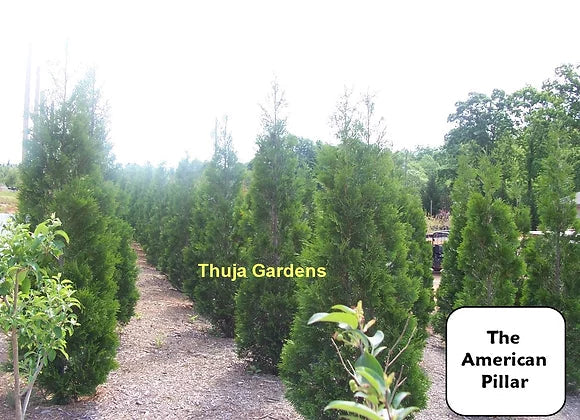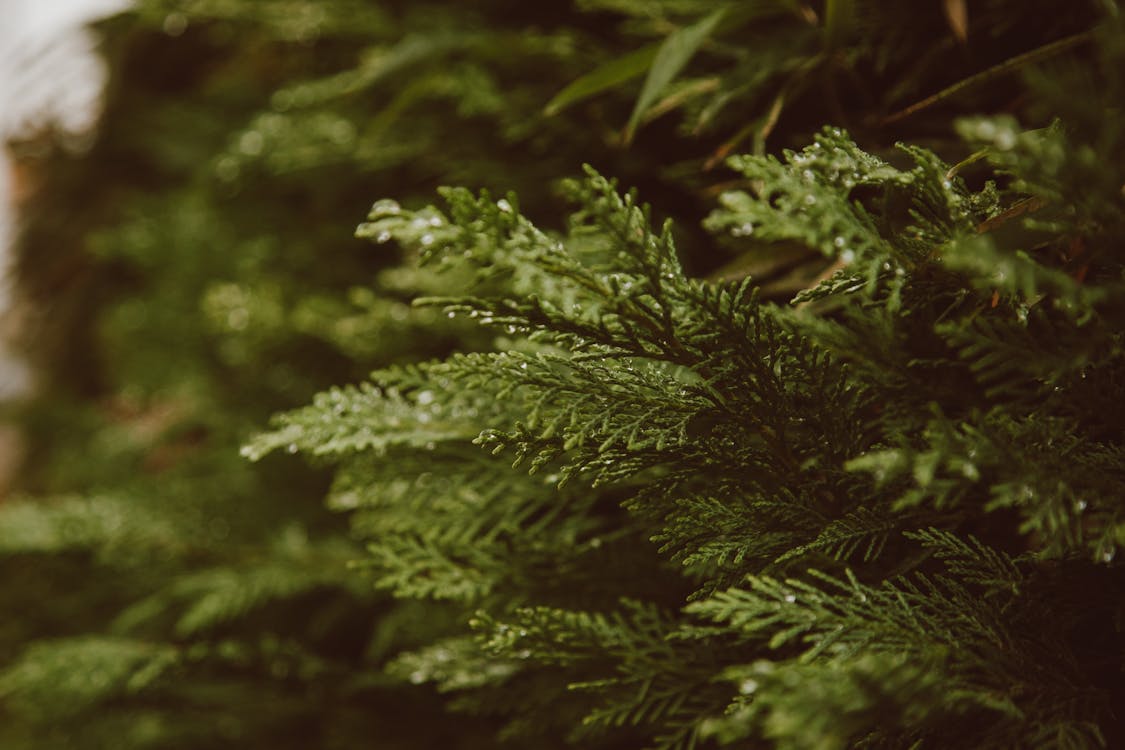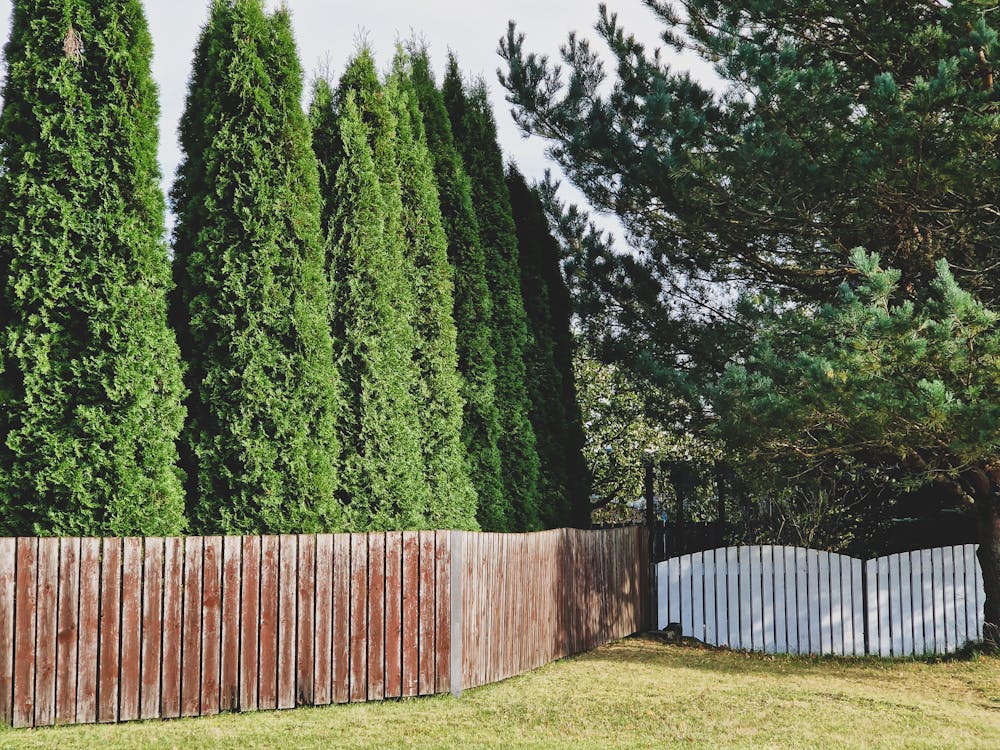
Seasonal Care Tips for Your Thuja Garden
Share
Every plant is unique and requires special care. Owning a Thuja garden is like having a year-round canvas of evergreen beauty. Understanding and implementing Thuja seasonal care practices is crucial to ensure your Thuja trees remain vibrant and healthy.
At Thuja Gardens, you can shop for high-quality Thuja trees. Whether it’s American Pillar Arborvitae trees or Thuja Green Giants, you can buy your Thuja tree online from us.
Are Thuja Trees An Every-Season Vegetation?
Yes, Thuja trees are considered evergreen trees, meaning they retain their foliage throughout the entire year. Unlike deciduous trees that shed their leaves in the fall, evergreen trees like Thuja maintain their greenery year-round.
This characteristic makes Thuja trees a consistent and visually appealing presence in the landscape during every season, providing both aesthetic value and various environmental benefits. The evergreen nature of Thuja trees contributes to their popularity in landscaping, offering year-round beauty and privacy screening.
Spring Renewal:
Inspect and Prune:
Conduct a detailed examination of your Thuja trees in early spring. Look for any signs of winter damage, such as broken or dead branches, and promptly prune them away. This not only promotes the overall health of the trees but also enhances their aesthetic appeal.
Fertilize Moderately:
As the growing season commences, apply a fertilizer that’s balanced to provide essential nutrients. However, exercise moderation to avoid over-fertilization, which can stress the trees. A judicious application ensures optimal growth without straining the Thuja's delicate balance.
Mulching:
Refresh the layer of mulch around the base of your Thuja trees. Mulch helps retain soil moisture, suppress weeds, and regulate soil temperature. This simple yet effective practice contributes to the health and visual allure of your garden.
Summer Maintenance:

Watering Routine:
Summer often brings higher temperatures and increased evaporation. Ensure your Thuja trees receive consistent, deep watering to support their growth. Focus on the root zone, allowing the soil to dry slightly between watering sessions to promote robust root development.
Pest Vigilance:
Regularly inspect the foliage for signs of pests such as bagworms or spider mites. Early detection enables timely intervention, and consider employing eco-friendly solutions to maintain a balanced and thriving ecosystem within your garden.
Sun Protection:
Thuja trees in sunny locations might benefit from temporary shading during the hottest parts of the day. This precautionary measure shields the foliage from potential stress and sunburn, ensuring the trees remain healthy and vibrant.
Fall Preparation:
Gradual Watering Reduction:
As temperatures begin to cool, gradually reduce the frequency of watering. This prepares the Thuja trees for dormancy, preventing overwatering issues during the dormant season. Ensure the soil is adequately moist but not saturated.
Windbreak Installation:
In areas prone to winter winds, consider installing windbreaks to protect Thuja trees from desiccation. This is particularly vital for younger or recently planted trees that may be more susceptible to winter stress.
Last-Minute Pruning:
Complete any necessary pruning before the arrival of winter. Avoid major pruning in late fall to prevent stimulating new growth that may be vulnerable to winter damage. Focus on shaping and removing any remaining deadwood.
Winter Vigilance:

Anti-Desiccant Application:
Apply an anti-desiccant spray to the Thuja foliage in late fall or early winter. This protective coating helps reduce moisture loss through the leaves, which is crucial during periods of dry winter weather.
Snow Removal:
Gently remove heavy snow accumulation from Thuja branches to prevent breakage. Use a soft implement like a broom to avoid causing damage to the foliage. This precaution ensures the trees maintain their structural integrity throughout the winter months.
Dormancy Monitoring:
Keep a close eye on your Thuja trees during winter for any signs of stress or damage, such as browning or discoloration. If issues arise, consult with an arborist in early spring to determine appropriate care measures for the upcoming growing season.
What Are The Basic Requirements for Thuja Trees?
Here are some basic requirements for Thuja trees;
Sunlight:
Thuja trees grow well in partial to full sunlight. Ensure they receive at least 6 hours of sunlight every day to grow optimally.
Soil Type:
Soil that drains properly is crucial for Thuja trees. They prefer a little acidic to partially alkaline soil with a 6.0 to 8.0 pH range.
Watering:
While Thuja trees are adaptable to different moisture conditions, keep the soil moist rather than waterlogged. Deep, infrequent watering is ideal, allowing the soil to dry slightly between watering sessions.
Fertilization:
Apply a fertilizer earlier in spring to ensure essential nutrients. Tru not to over-fertilize, as Thuja trees can be sensitive to excessive nutrient levels.
Pruning:
Pruning regularly helps with the desired shape, removes dead or diseased branches, and improves air circulation. Prune during the dormant season or early spring for best results.
Mulching:
Mulch around the base of Thuja trees to retain soil moisture, suppress weeds, and regulate soil temperature. Maintain a layer of 2-4 inches of organic mulch.
Climate:
Thuja trees are adaptable to a variety of climates but generally thrive in temperate zones. They can withstand cold temperatures and are suitable for USDA hardiness zones 3 to 7.
Spacing:
Plant Thuja trees with sufficient spacing to allow for proper air circulation and avoid overcrowding. Adequate spacing promotes healthy growth and reduces the risk of diseases.
Protection from Harsh Winds:
Protect from strong winds, especially during the winter months, to prevent desiccation and potential damage to the foliage.
Pest and Disease Management:
Regularly inspect for pests such as bagworms or spider mites. Implement integrated pest management strategies and monitor for signs of diseases, addressing issues promptly.
Windbreaks for Young Trees:
Young or newly planted Thuja trees may benefit from temporary windbreaks to shield them from harsh winds, promoting healthy establishment.

Meeting these basic requirements ensures that Thuja trees remain healthy, resilient, and visually appealing in your landscape. Adjustments can be made based on specific local conditions and the particular variety of Thuja you are cultivating.
Shop For Thuja Trees From Thuja Gardens For Stunning Garden
Now, you can create a magical Thuja garden with various Thuja varieties thanks to Thuja Gardens. We have been offering top-quality Thuja Green Giant, American Pillar, and Thuja Can Can for sale. You have the option of picking them up from our nursery or having yours delivered for free via FedEx. So, find your zone and get your Thuja tree now.
